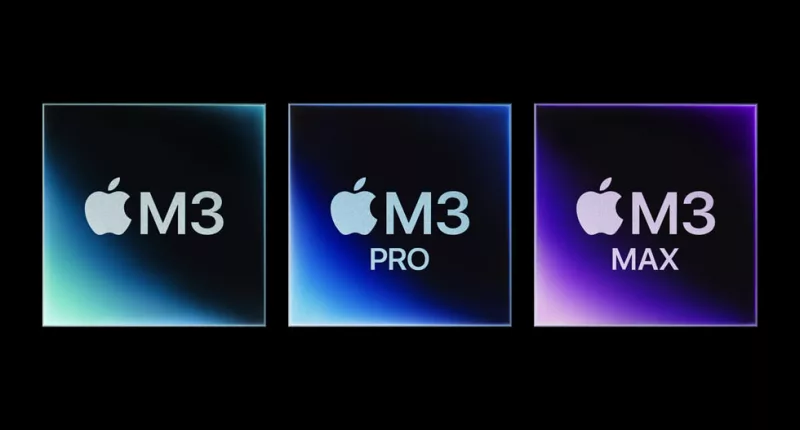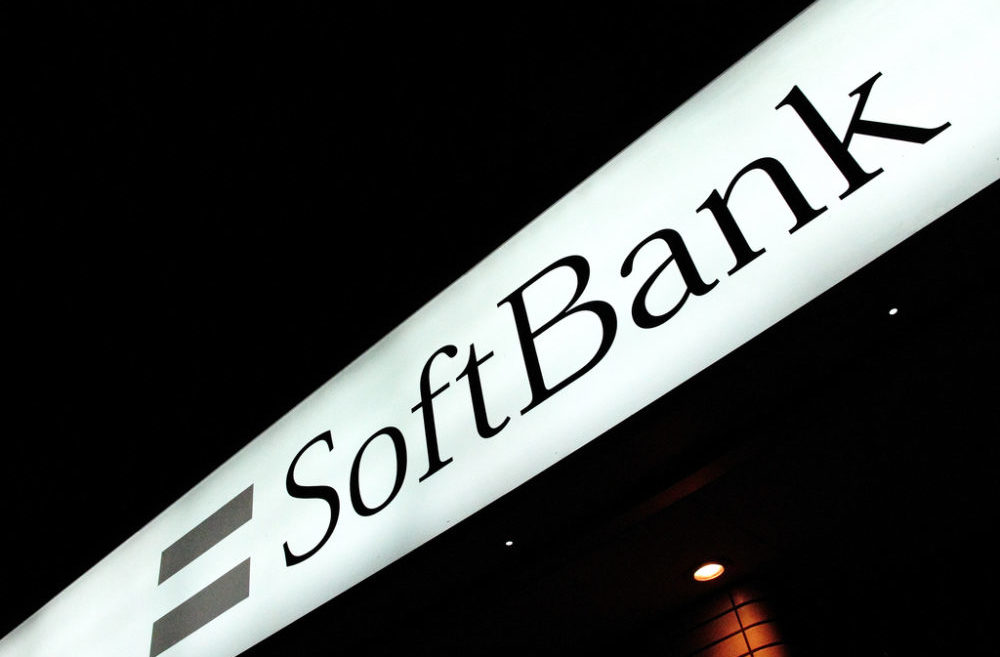Apple is now gearing up for a major refresh of its Mac lineup, with a new generation of in-house processors taking center stage, according to Bloomberg. The processor in question is the new M4 chip, which is slated for release later this year and set to come with advanced AI capabilities.
Just last year, Apple introduced the M3 chip series, marking a significant step forward for Mac performance. However, the company seems to be wasting no time in pushing the matter further. Mark Gurman’s report on Bloomberg adds that Apple is on the verge of completing production for its highly-anticipated M4 processors and finish the next step of generation of its custom silicon chipsets. To fully exploit the potential of the M4 chip, Apple is expected to integrate it seamlessly with the next iteration of macOS, due to be unveiled at the upcoming Worldwide Developers Conference in June.
A key highlight of the M4 processors is their advanced AI processing capabilities. Considering the immense focus on AI and AI-powered tools and services, the Cupertino-headquartered tech behemoth is placing a significant amount of focus on integrating AI capabilities into the M4 chip. By embedding AI directly into the chip architecture, Apple aims to enable them to perform complex tasks with greater speed and efficiency. This, in turn, can empower Macs to handle tasks like image and video analysis, voice recognition, and natural language processing with greater efficiency and accuracy. The MacBook lineup is due to get new additions later this year and early next year anyways – Apple is set to release new iMacs, a low-end 14-inch MacBook Pro, high-end 14-inch and 16-inch MacBook Pros, and Mac minis during this period.
The introduction of M4 processors will coincide with a comprehensive overhaul of Apple’s Mac lineup. From iMacs to MacBook Pros and Mac minis, every device is slated to receive the M4 treatment, and the M4 chip family will reportedly encompass at least three distinct tiers: Donan, Brava, and Hidra. Delving into each chip separately, we find that the entry-level Donan chip is expected to power the new MacBook Air, the base MacBook Pro, and the low-end Mac mini. The mid-range Brava chip is likely to find its home in the higher-end MacBook Pro models, the pricier Mac mini configuration, and potentially the Mac Studio.
This positioning suggests that the Brava chip will strike a balance between performance and cost, ideal for users who require more processing power for demanding tasks without venturing into the high-end territory. Finally, the top-of-the-line Hidra chip is reserved for the Mac Pro, Apple’s workstation powerhouse. This allocation indicates that the Hidra chip will deliver exceptional performance, catering to professionals who require the absolute best for video editing, 3D modeling, and other intensive workloads. Whether these chips deliver or not remains to be seen.
While AI takes center stage, the M4 chip is likely to offer more broadly applicable performance improvements. Increased processing power and enhanced graphics capabilities are anticipated, leading to a smoother overall user experience. Whether you’re a creative professional editing high-resolution videos, a developer building complex applications, or a casual user multitasking across various programs, the M4 chip promises a noticeable performance boost. The rumors surrounding the M4 chip also hint at potential upgrades in memory and storage options. High-end Mac desktops equipped with M4 chips could support up to 512GB of unified memory, a significant leap from the current 192GB limit. This expanded memory capacity would cater to users who require greater processing power for memory-intensive tasks.
The Tech Portal is published by Blue Box Media Private Limited. Our investors have no influence over our reporting. Read our full Ownership and Funding Disclosure →






